"Ship Performance Assessment Based on Observed Fouling" - Free Demo
What is "Ship Performance Assessment Based on Observed Fouling"?
"Ship Performance Assessment Based on Observed Fouling" is a semi-empirical method that provides instantly a rough estimation of the effect of fouling in ship performance after an in-water survey by using only a brief description of findings from the divers and/or a few representative underwater photos.
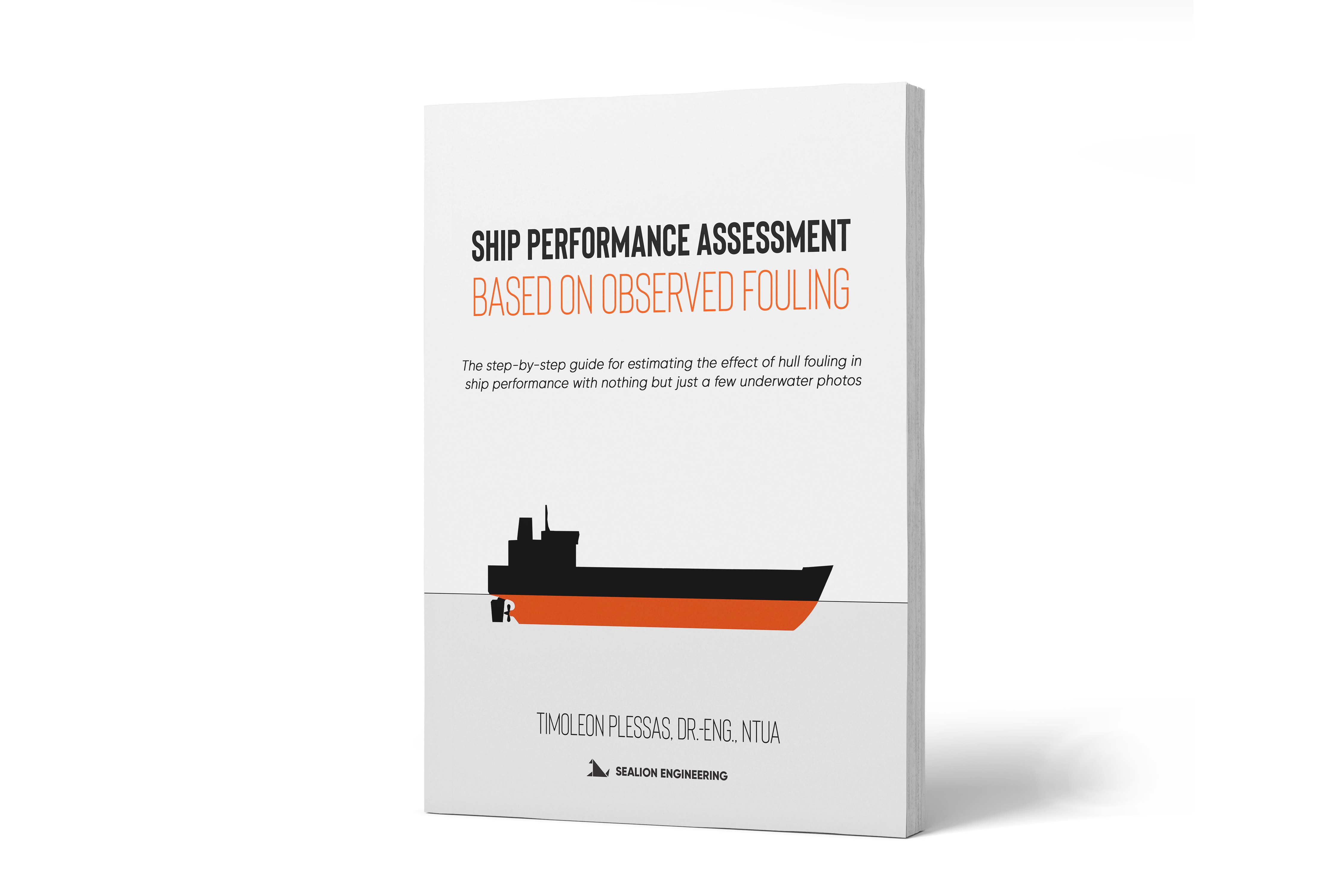
What can be estimated based on observed fouling by using this methodology?
The methodology allows you to:
Identify the 5 main categories of fouling
Estimate the expected power increase due to observed fouling
Estimate the expected additional fuel consumption due to fouling
Predict the expected effect of fouling after X months
Manage hull cleaning scheduling more effectively
In which types of ships can this methodology be applied?
Tankers (2,000 to 330,000 t DWT)
Bulk Carriers (1,000 to 330,000 t DWT)
General Cargo Ships (2,000 to 45,000 t DWT)
OBO Carriers (60,000 to 160,000 t DWT)
Containerships (400 to 12,000 TEU)
LNG Carriers (125,000 to 260,000 m3 Capacity)
RORO Ships (500 to 5,000 Lanemeters)
RORO/Passenger Ships (70 to 200 m Length)
Chemical Carriers (5,000 to 50,000 t DWT)
Reefer Ships (2,500 to 18,000 m3 Capacity)
Why is this methodology useful?
The existing guidelines regarding the management of biofouling, lack the overall connection between the visual inspection (e.g. underwater inspection), the performance prediction (e.g. estimation of added Power/Fuel Consumption) and the relevant action (e.g. hull cleaning). MEPC's "Guidelines for the control and management of ship's biofouling to minimize the transfer of invasive aquatic species" offers a simple methodology that links the visual aspect with the required action based on a fouling rating, but doesn't offer much guidelines regarding the expected performance prediction based on the observed biofouling. On the other hand, ISO 19030 focuses on the analysis of high-frequency data in order to estimate the performance of the vessel but doesn’t offer much guidelines on how this performance prediction is connected to the observed fouling. The methodology presented in the book attempts to bridge the gap between these two approaches. It doesn't provide the accuracy of the ISO standard, but it provides reliable rough estimations of the performance of a ship within seconds, by utilizing only underwater photos (no other information/data/logs required).
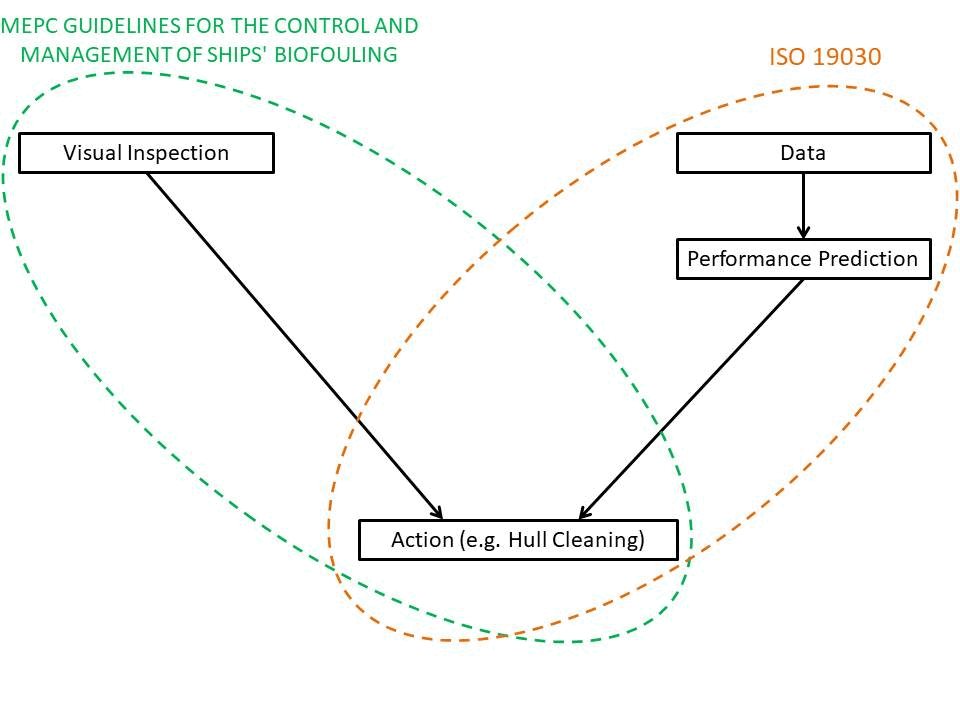
This simple methodology allows the monitoring of the performance of your vessel relying only on the observed condition of the hull. The effect of hull fouling in the performance of the vessel can be estimated after underwater inspections, giving a clearer picture of the performance of the vessel in time.

What is the Free Demo?
The demo is a free eBook that utilizes the developed methodology to estimate the effect of the observed fouling in the performance of a tanker. It includes a brief description of the methodology and case studies with step-by-step calculations.
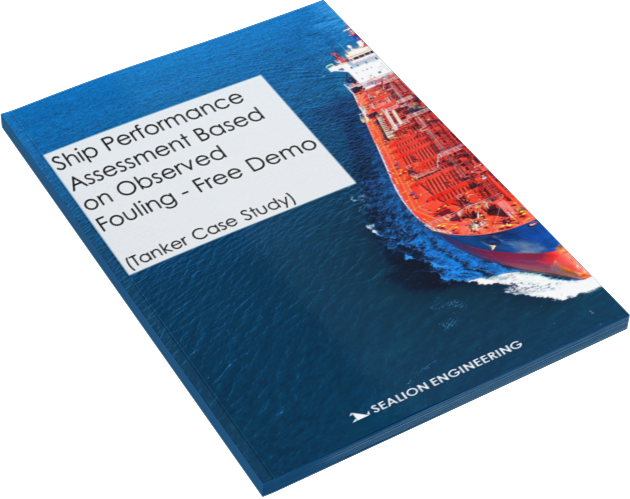
What else is included in the Free Demo?
The demo includes the "1-Minute Hull Fouling Assessment Spreadsheet". The calculations that are presented in the book are condensed into one simple spreadsheet that calculates all the necessary parameters instantly with the minimum possible input.
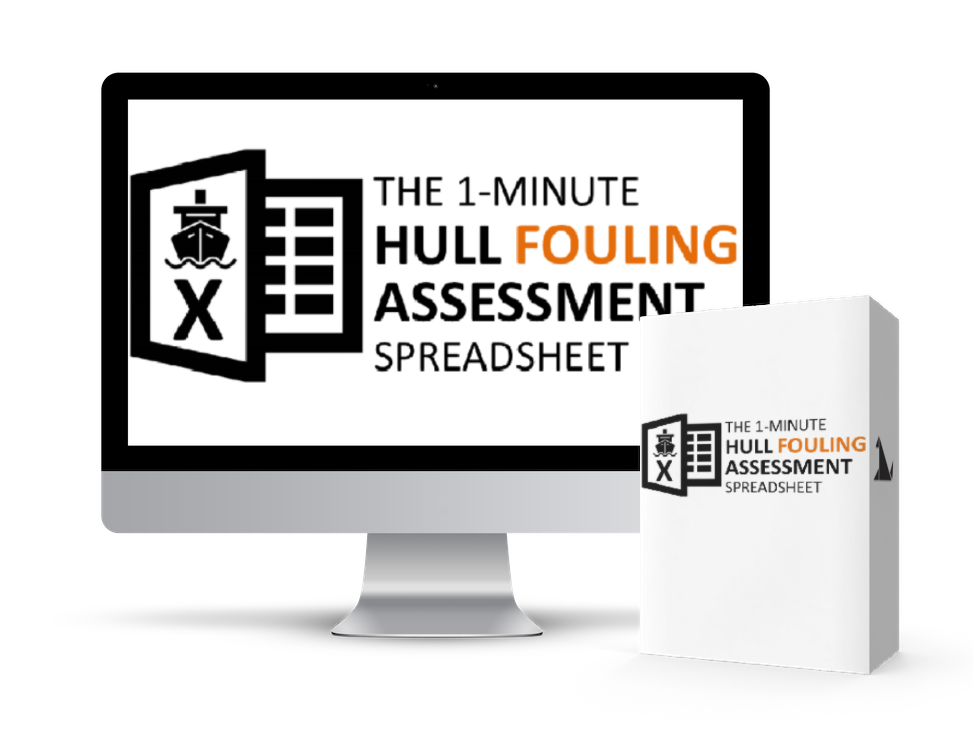
The "Free Demo" Bundle
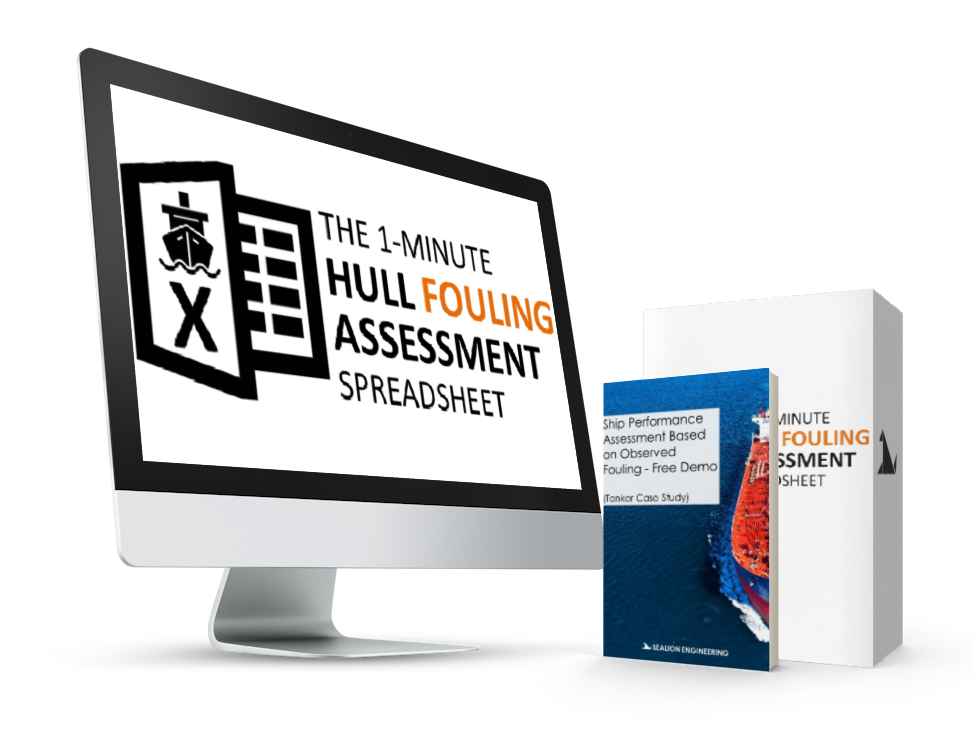
Ebook "Ship Performance Assessment Based on Observed Fouling - Free Demo"
The "1-MINUTE HULL FOULING ASSESSMENT SPREADSHEET”
